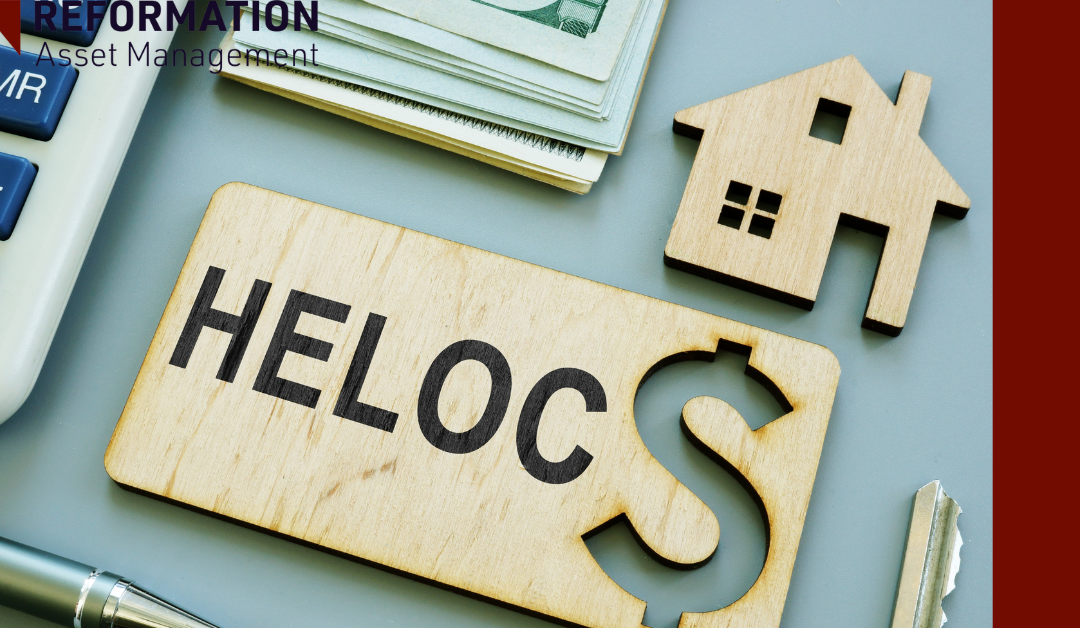If you’ve been in the early stages of your investment career, you’ve seen and heard a bunch of acronyms tossed around and likely nodded your head in conversation, pretending to understand, making a mental note to look it up on your phone later on in the day, then completely forgetting. Here, I hope to elucidate some of the finer points of one of the more prevalent ways of borrowing money when it comes to investing in real estate: the HELOC, or Home Equity Line of Credit.
A HELOC is a revolving line of credit that acts as a “second mortgage,” aptly nicknamed so because you’re borrowing this line of credit against the value of your home equity. A HELOC is a medium term loan that lending institutions offer to homeowners. These typically are loans with 10 year balloon maturity dates, that are also amortized for the same ten year period.
HELOCs can be an excellent way to update your home using the equity in your home as collateral. It’s an easy way to access capital for home improvements or for an emergency. One great feature from using it this way is that you are allowed the same tax benefits on the HELOC as you are on the first mortgage on your home and it can be kept in place on reserve for years at a time. But, be careful: HELOCs can be canceled early by the lender if you don’t use it. And as it is with most loans, your borrowing limit can be constrained by the economy if it’s in a slump. Due to the shorter amortization, your payments will also likely be higher, so make sure that you secure a flexible interest rate if you choose to pursue a HELOC.
Many homeowners are sitting on record home equity reserves, and the banks are jockeying for the opportunity to help you borrow some of that equity. All things considered, now is a great time to apply for a HELOC, especially if you’ve been considering renovating your home or otherwise adding value to the property you’re borrowing against.
Banks see the HELOC as an attractive loan due to the inherent security involved. The HELOC is secured by a note and deed of trust secured by the title to the property the money is borrowed against. Essentially, it’s a risk the banks are willing to take because it’s a win/win for them either way because you’re borrowing against your own equity.
Now, this may pique your interest as an attractive opportunity, but please be careful. The temptation to leverage this loan to invest in more real estate is the exact trap that tanked the real estate market in 2008. HELOCs aren’t magic, they’re loans just like any other line of credit you may consider opening, and should be treated as such. Please ensure your financial security and don’t just have a repayment plan in place – have an emergency back-up payment plan as well.
Everybody makes mistakes, but that doesn’t mean you shouldn’t try to avoid them if at all possible. Remember adding value to your home is part of being a smart investor and having equity and other large sums of collateral should make it easier for you to leverage your assets in a smart way in the event of an emergency. It’s important to utilize your investments, property, and credit with a great deal of forethought and long-term visioning; you’re in it for the long haul with your investment career, this isn’t day trading. HELOCs are so incredibly useful to those who need that line of credit, just remember that your equity is your protection, not your personal piggy bank; borrow accordingly.


Recent Comments